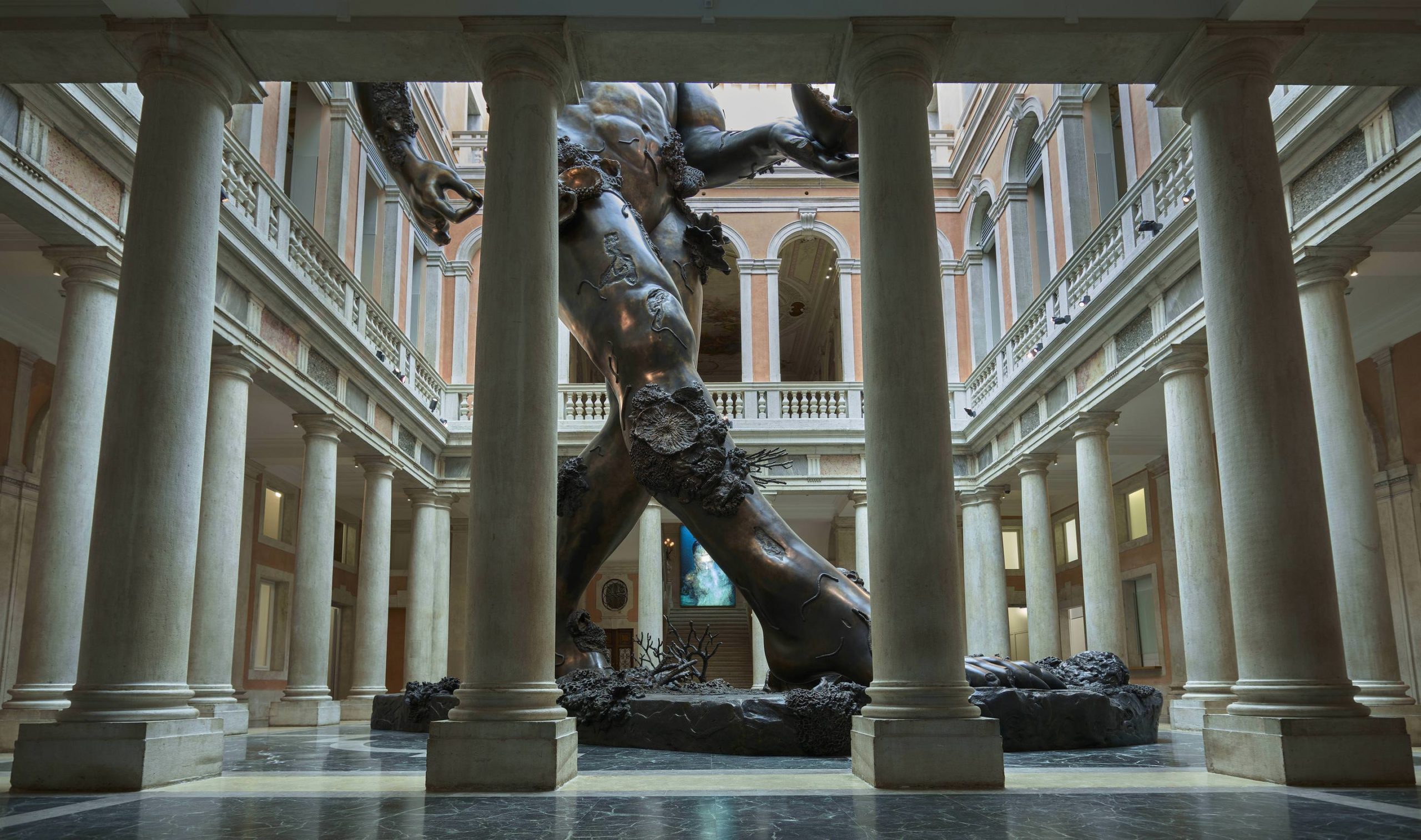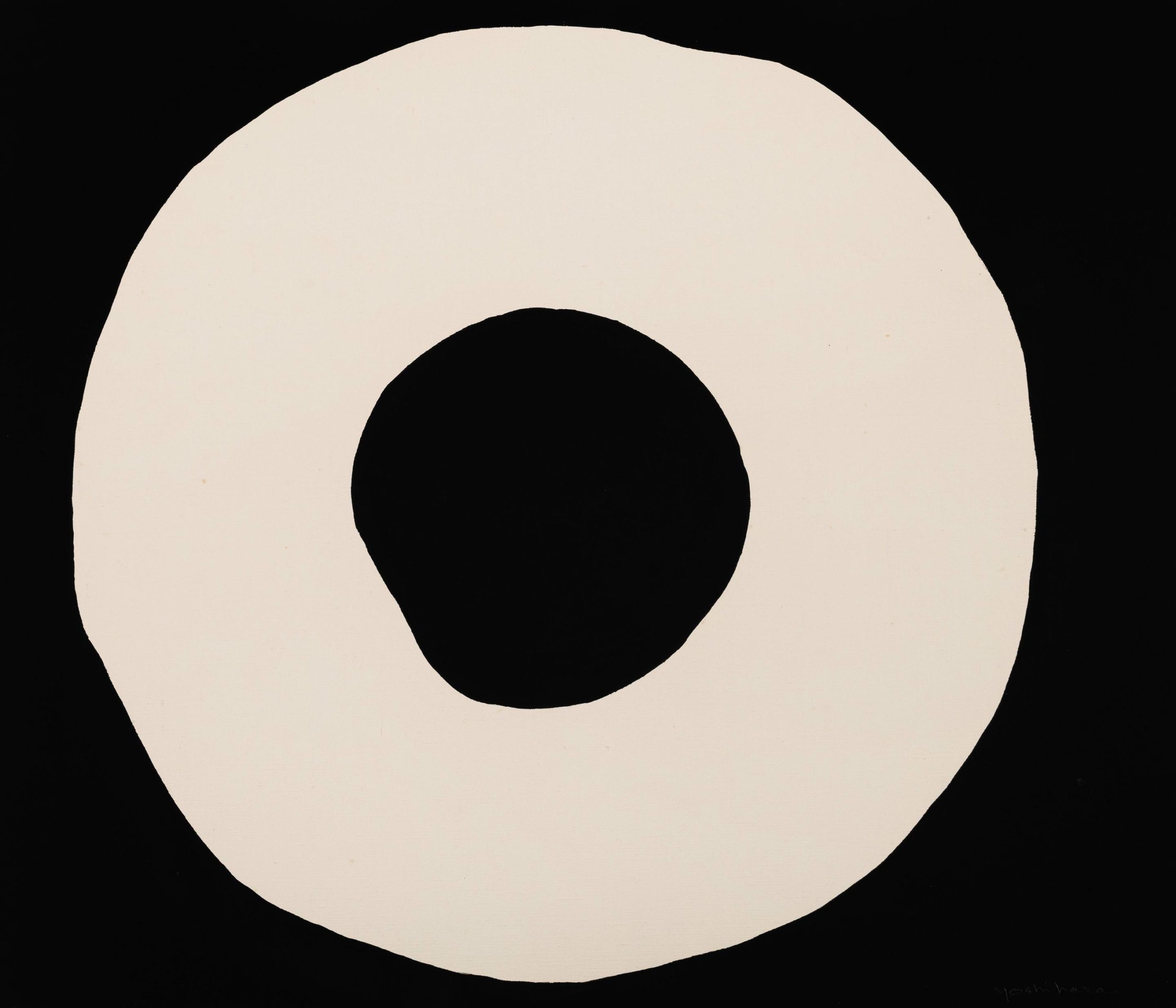This spring, The Assemblage opened its second location in New York, at 17 John Street. Its first opened the previous fall, on 25th Street in the NoMad neighborhood, debuting a new kind of co-working space focused on transformation and interconnection.
At John Street, members have the option of co-living, with a nine-floor, 79-room hotel, on top of five co-working floors that offer communal dining, yoga, meditation, and other daily programming focused on well-being. Whitewall spoke to co-founder and chief creative officer of The Assemblage Magdalena Sartori about a more holistic approach to work environments.
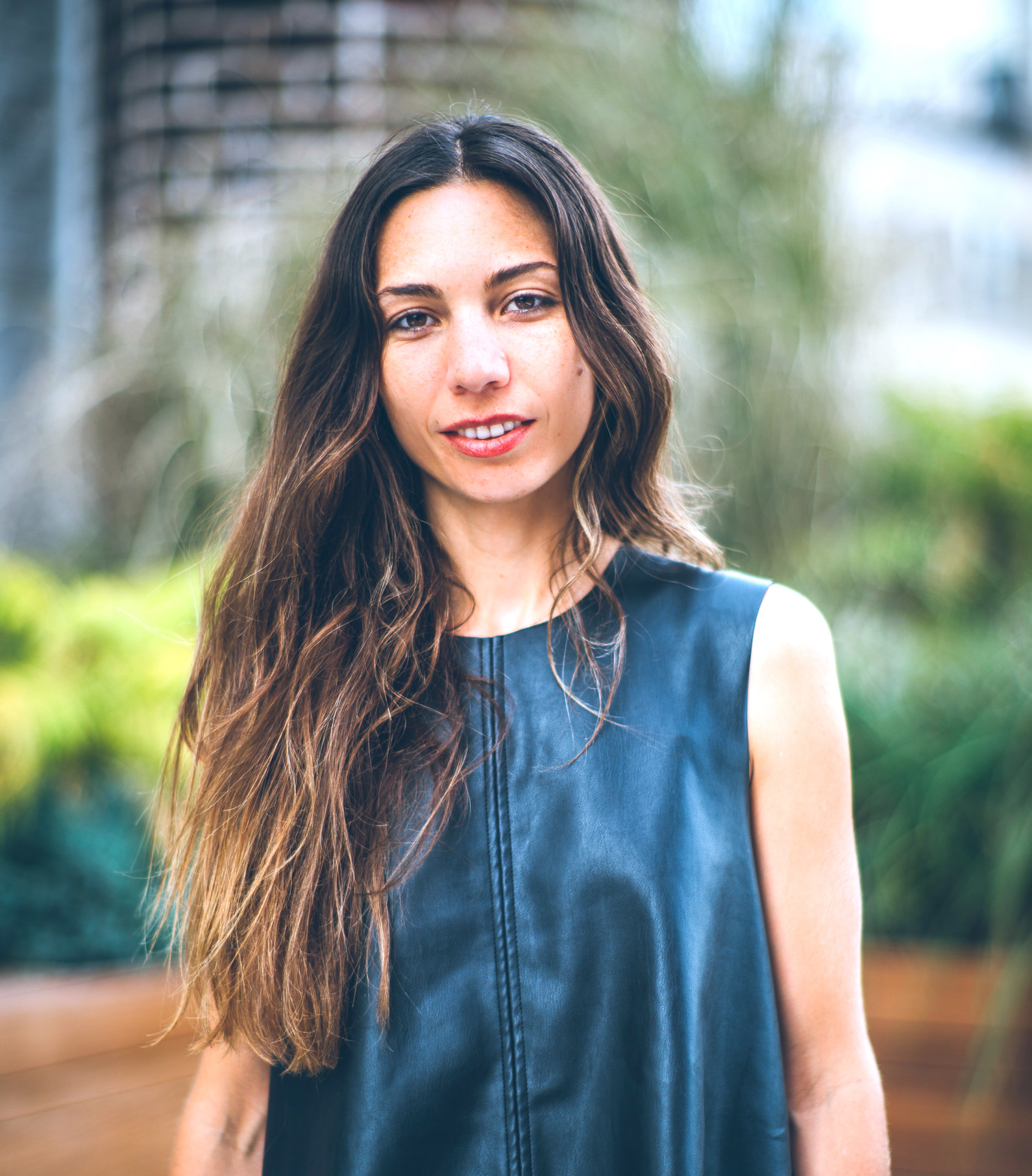
Courtesy of The Assemblage.
WHITEWALL: What are the key factors that define The Assemblage and its mission, and what separates it from other co-working and co-living spaces?
MAGDALENA SARTORI: The Assemblage offers co-working, co-living, and social spaces in various locations in New York City for innovators who seek connection and impact through their endeavors for a collective conscious evolution of humanity. It’s not just a physical space. Programmatically speaking, it’s a mix of a working and social space. The existing structures and buildings are not adapted to the way you want to work. We mix the elements of having a working space, a social space, and all of the programming that we do all day—yoga classes, meditation classes, evening events. We have content that comes from the community itself and the space to share with the community, bringing both work and life activities under one roof.
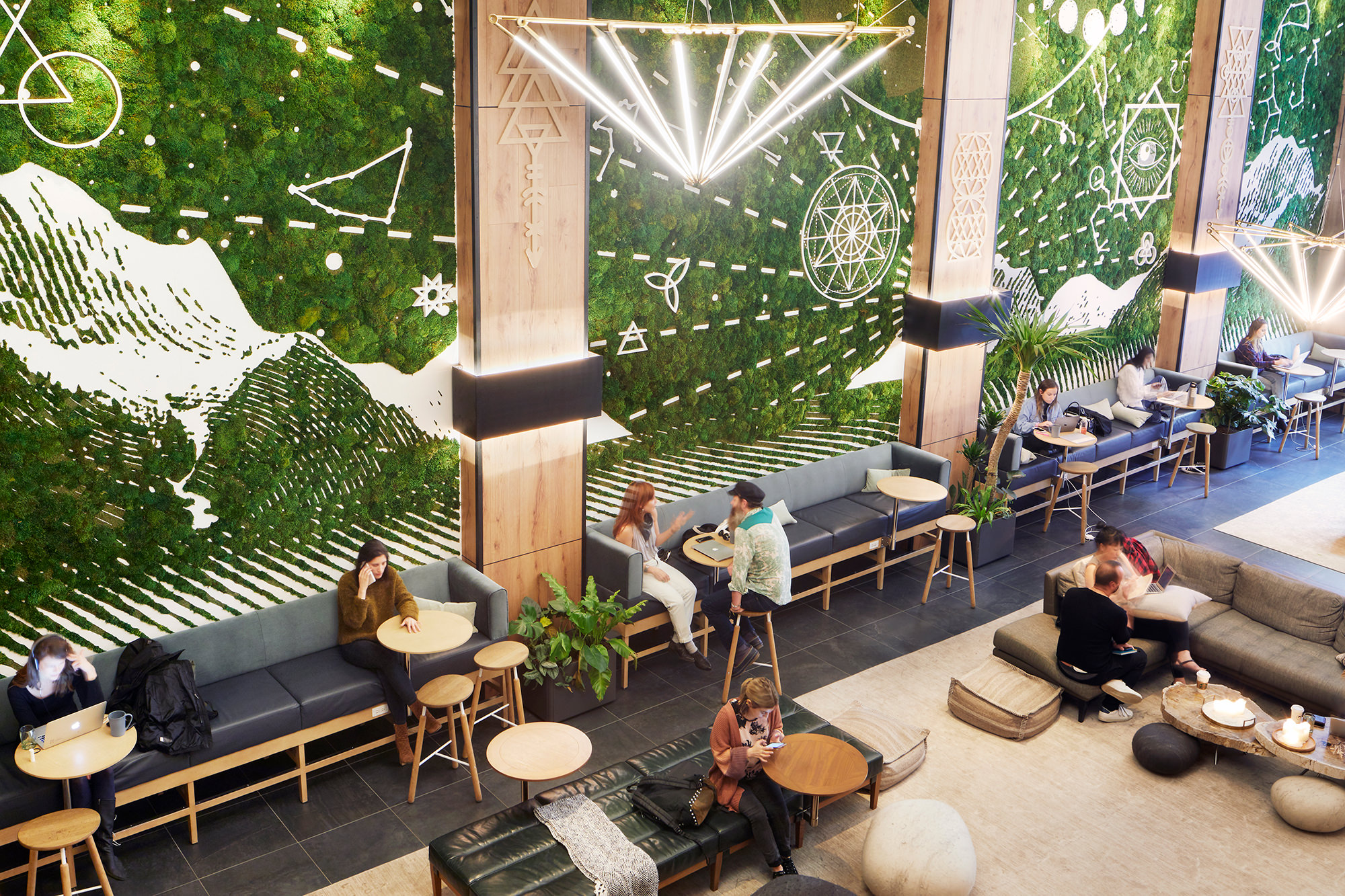
Courtesy of The Assemblage.
WW: How does having personal transformation and consciousness-focused programming affect the way that we work?
MS: My personal mission is to create containers for people to expand their consciousness. It’s about creating a perfect environment to support people’s journeys. It’s focused on the individual’s growth. It’s all about the people and the community. We only focus on people who are doing well by doing good. We are helping both sides of the equation: the individual and the collective. We can only save the planet by saving ourselves.
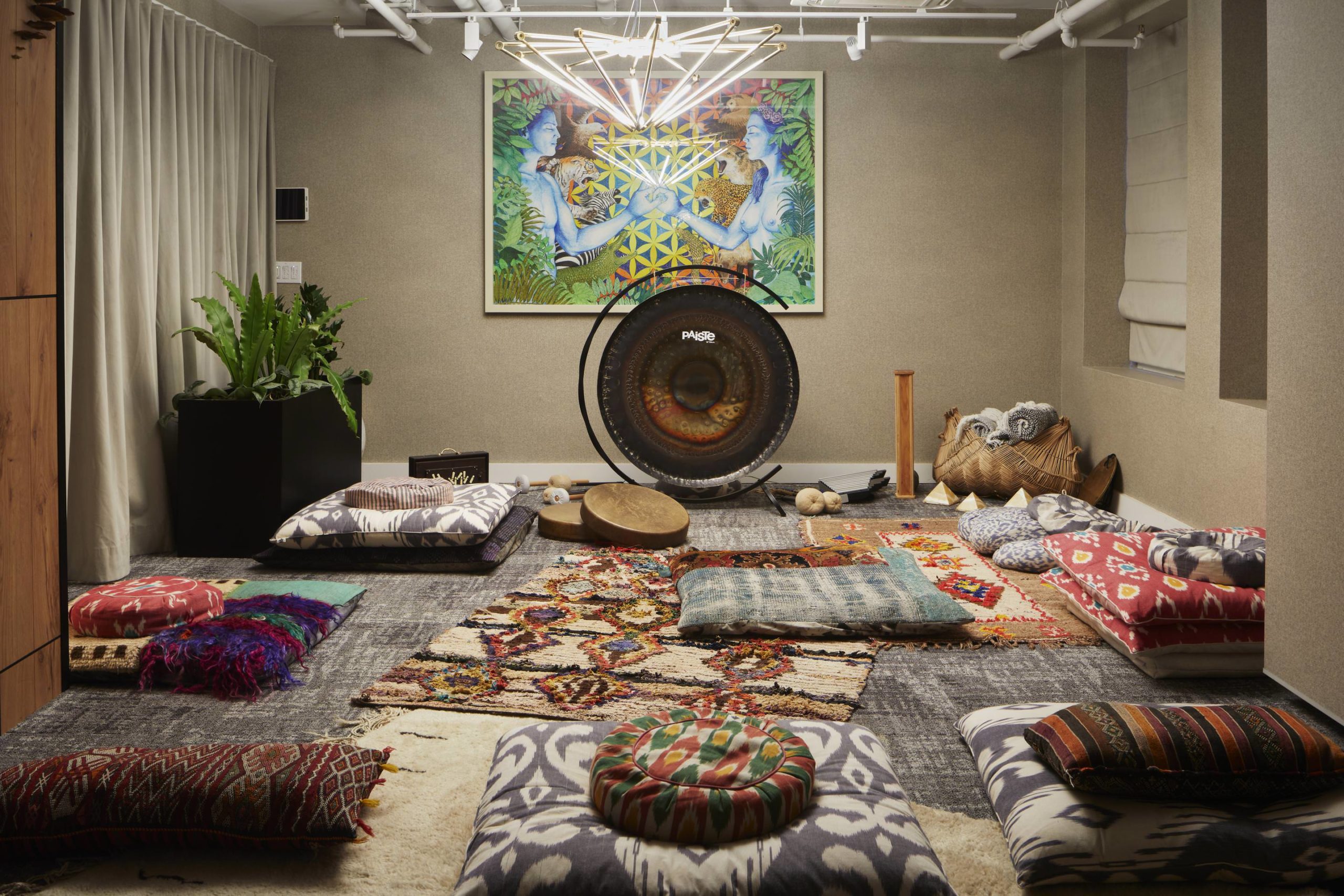
Courtesy of The Assemblage.
WW: You’re saying that personal transformation leads to good?
MS: That’s the change. That’s the real action in the world. We think that we need to go to Africa to feel or to change or to have action, but you have to start with action in yourself. By raising your own vibration, you raise the vibrations of the people around you, and it creates a ripple effect.
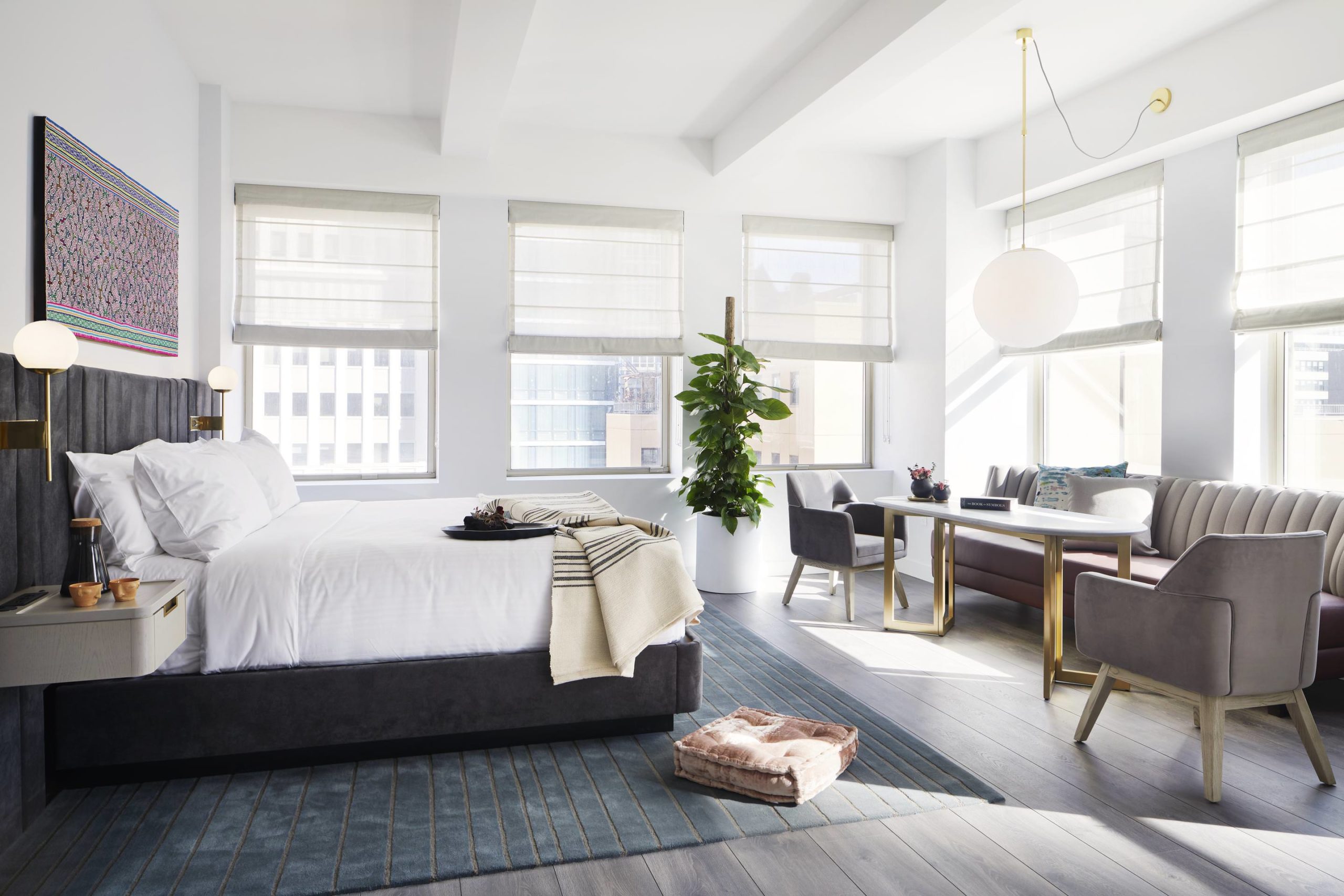
Courtesy of The Assemblage.
WW: Can you tell us about the art chosen for the space?
MS: We worked with living artists because we think it’s important to support artists. A lot of it is from emerging Latin American artists, because my partner and I are from Latin America. And we started an art project in the staircase—giving one floor of the staircase to each artist of the community to express themselves—so that the staircase becomes a reflection of the people in the community.
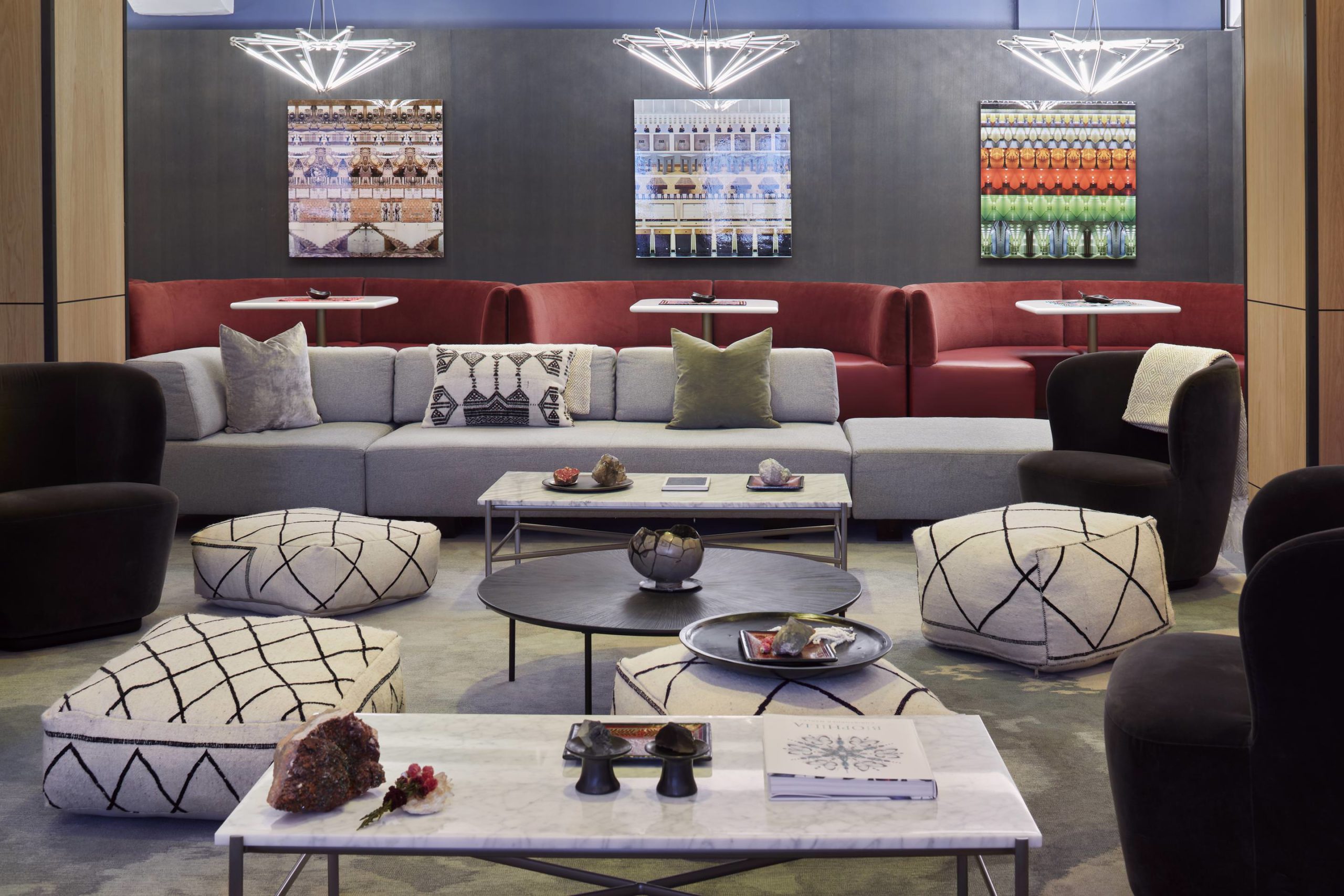
Courtesy of The Assemblage.
WW: Programming is a huge aspect of The Assemblage. What have been the highlights for you?
MS: I love the vulnerability series. It basically opens up the space to let people take ownership of the space and share what they’re going through. We have very little space in our life where we can just be with our feelings, be with ourselves, and share that with others and connect
with others through that. Sharing your challenges—that’s what makes you stronger.
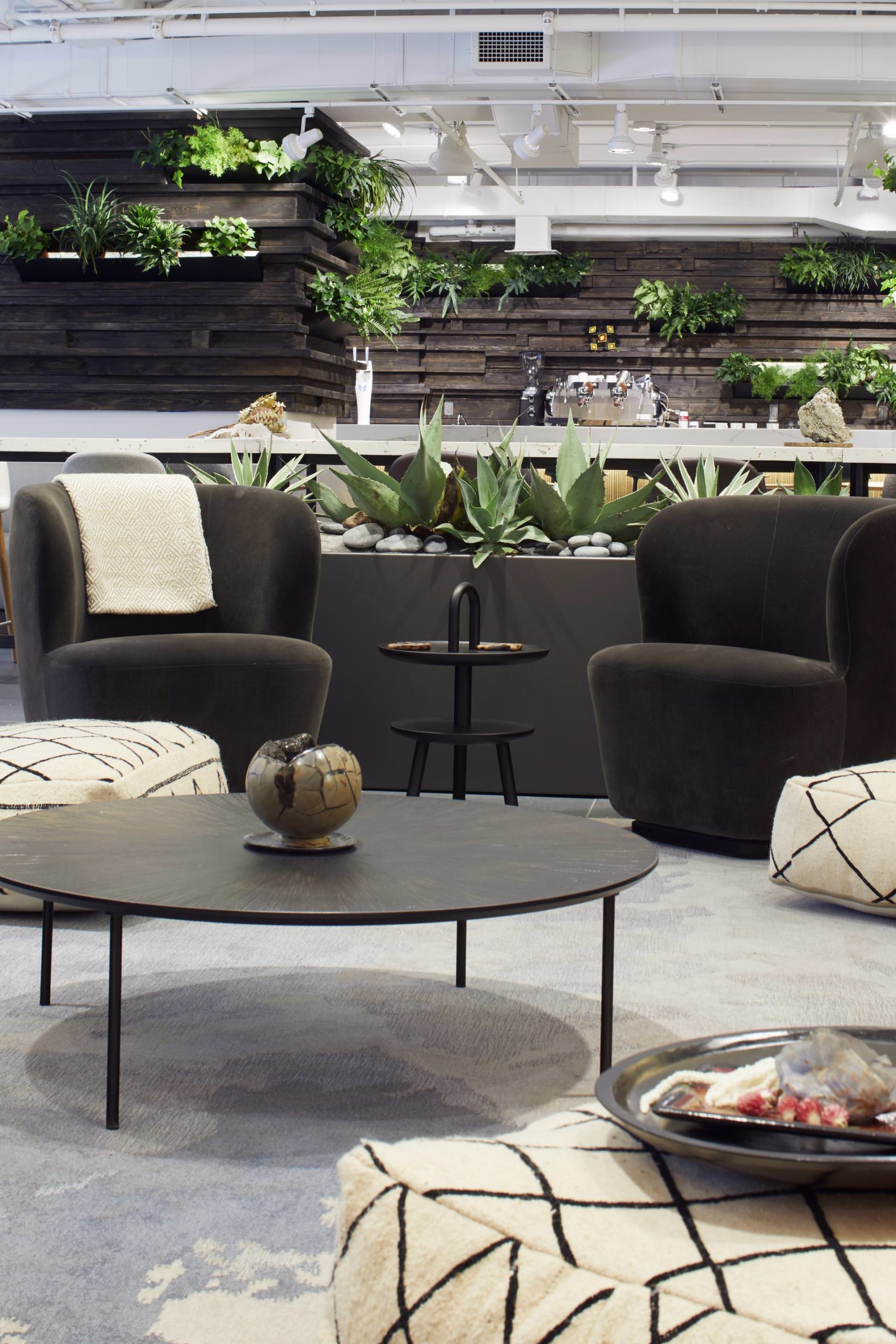
Courtesy of The Assemblage.
What I love about the program is that it comes from our members. We’re not flying out speakers. It’s members who have amazing ideas and things to share. It’s coming from the bottom up.
WW: Why is it important to have green spaces and plants on each floor of The Assemblage?
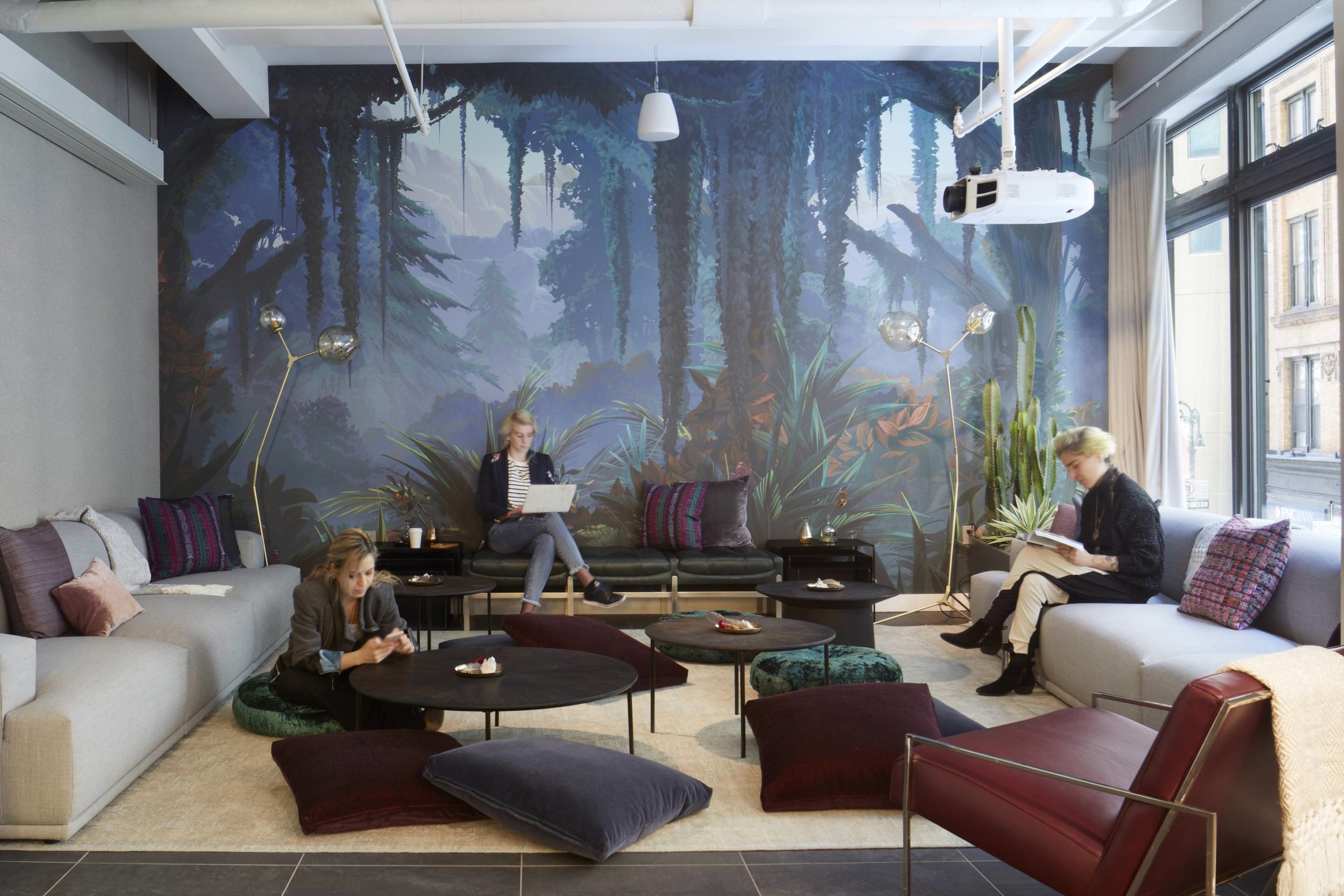
Courtesy of The Assemblage.
MS: The contact with nature completely changes your relationship to what’s happening. That’s a big part of our concept—the hypothesis that human beings lost contact with other living systems. Here, in this space, you have a lot of living systems that are communicating with us and regenerating the oxygen of the space. Consciously, that connects you with the planet. You feel more connected because of that.
At 25th Street we have a green wall with seven thousand plants there that are preserved for slow living. They’ve been designed with Plant the Future, who has been our landscape designer since the beginning. They have constellations, sacred geometry, and landscapes of the planets—reconnecting the macro and the micro.
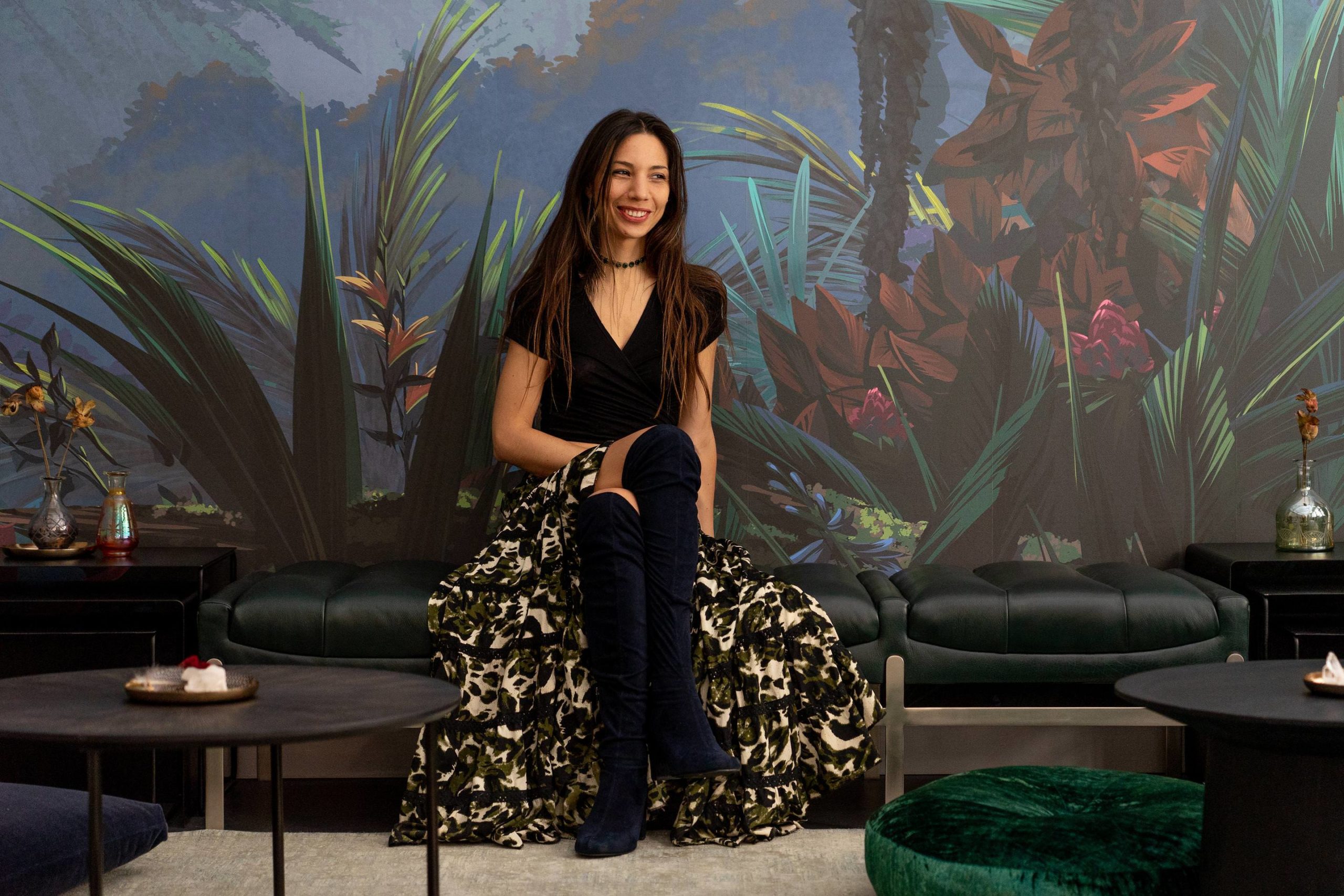
Courtesy of The Assemblage.





